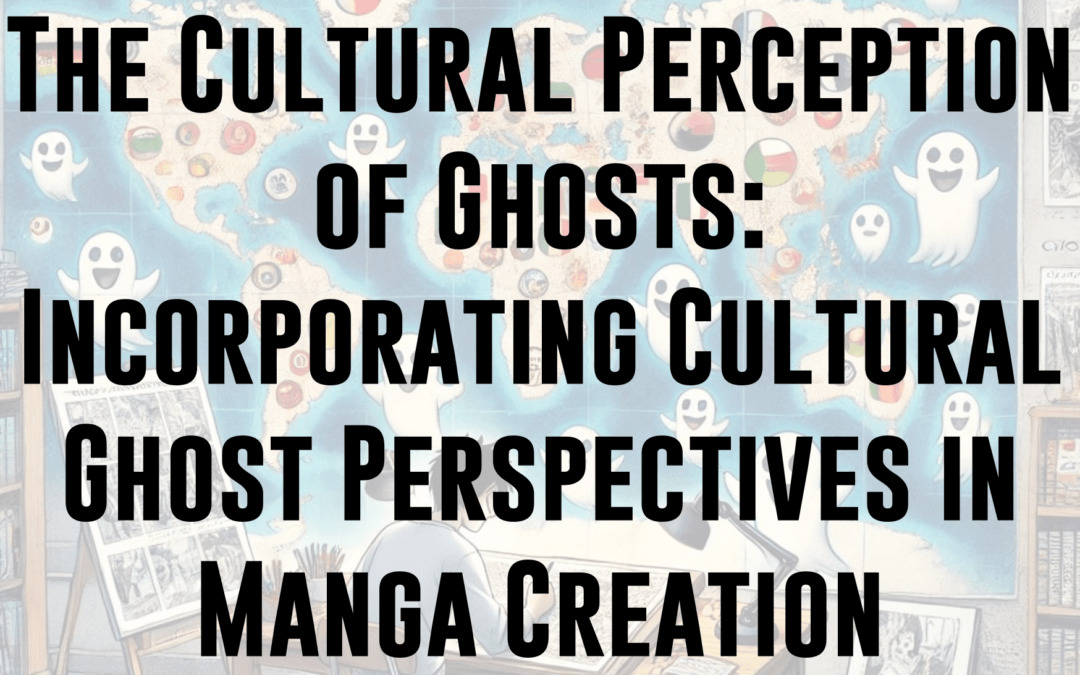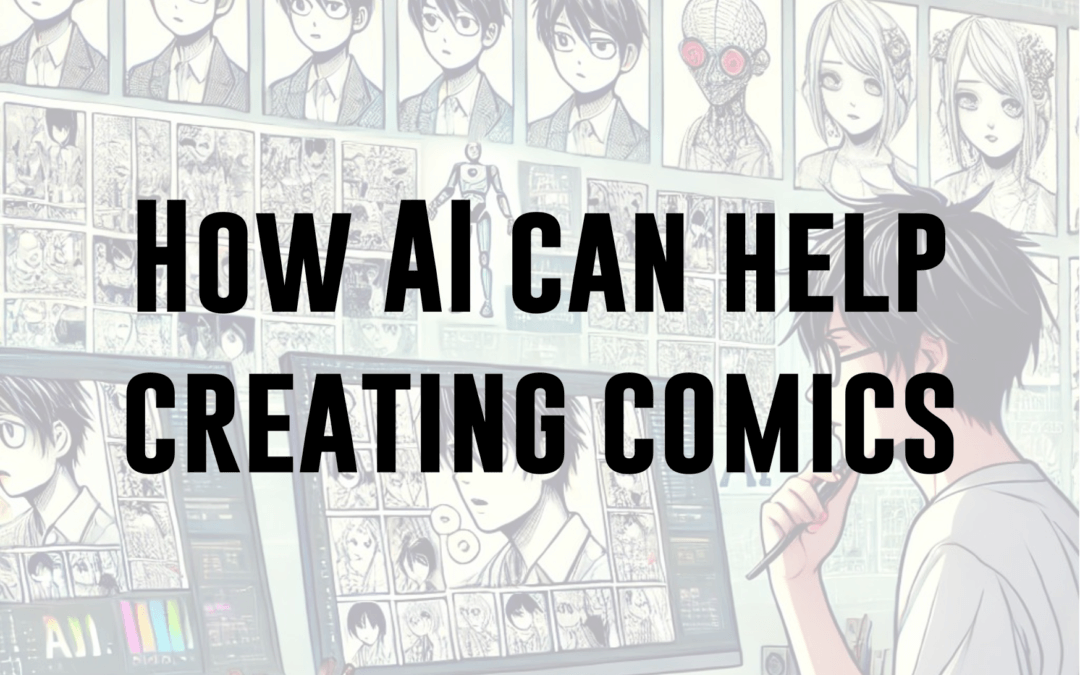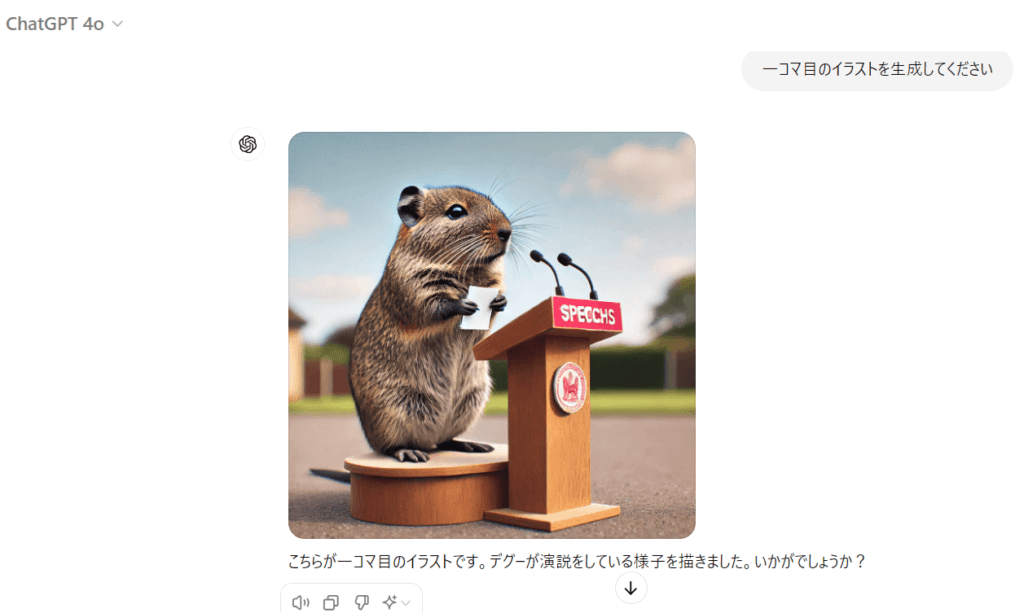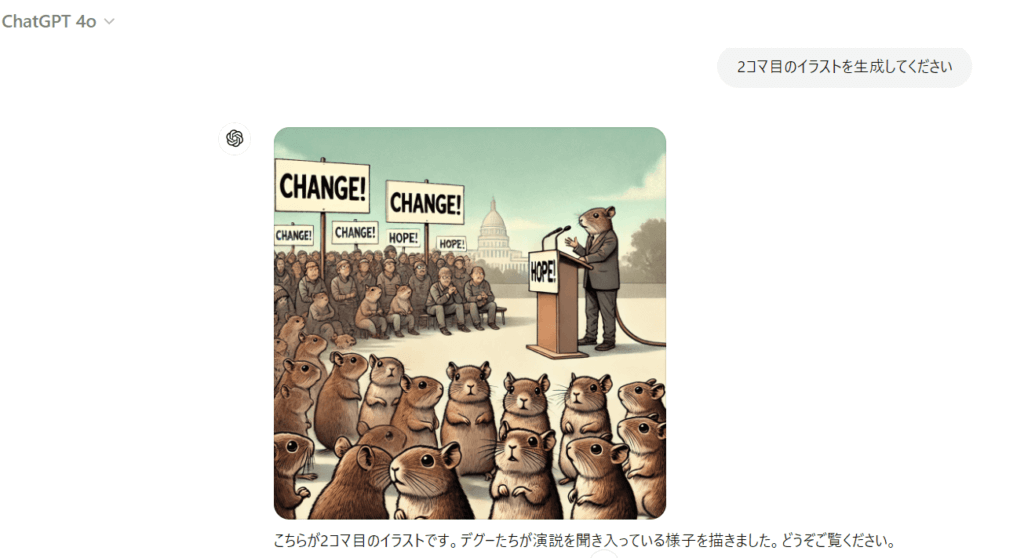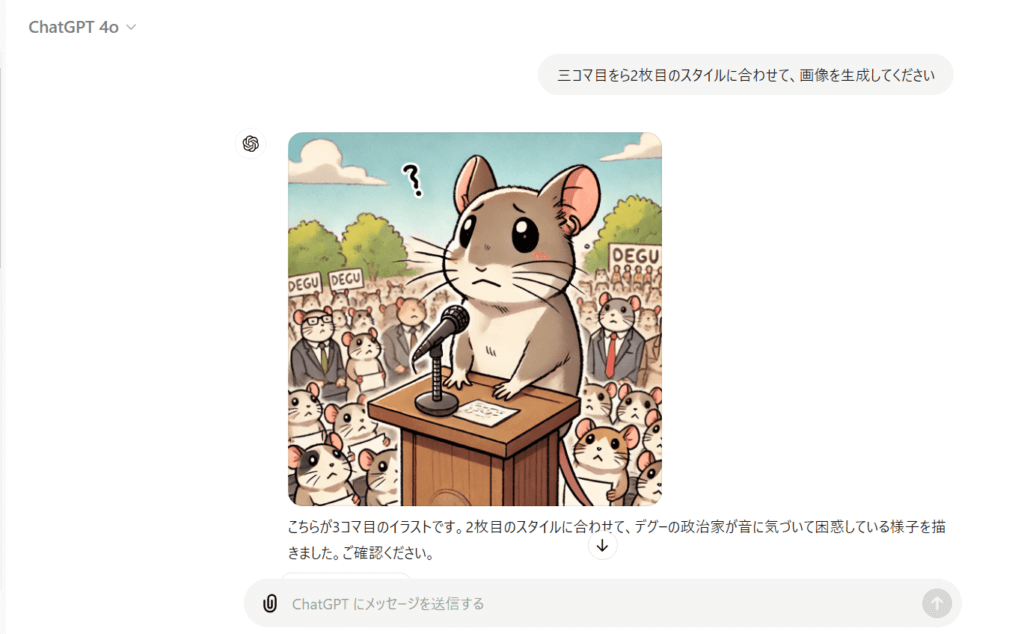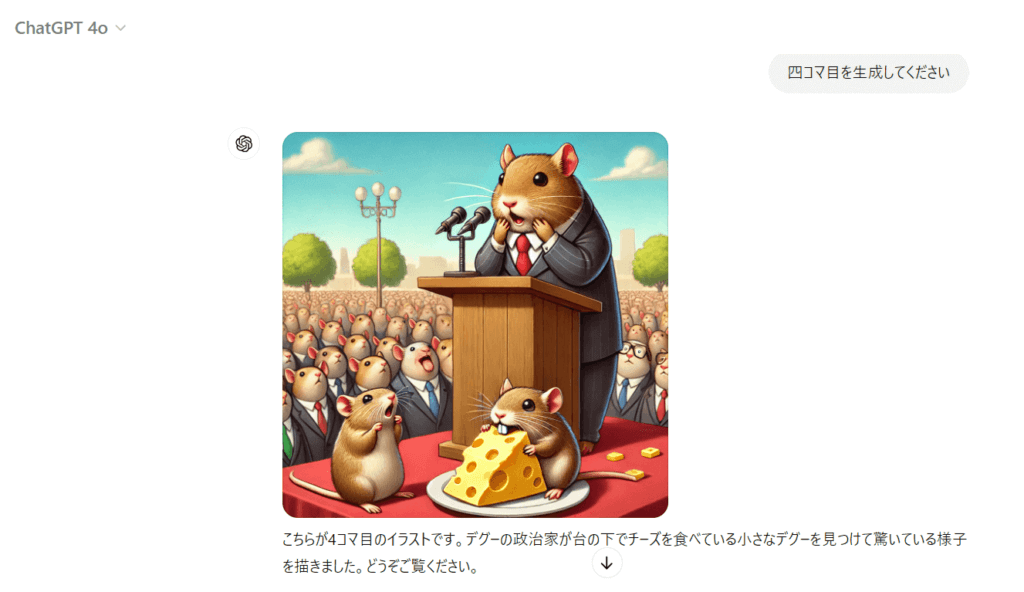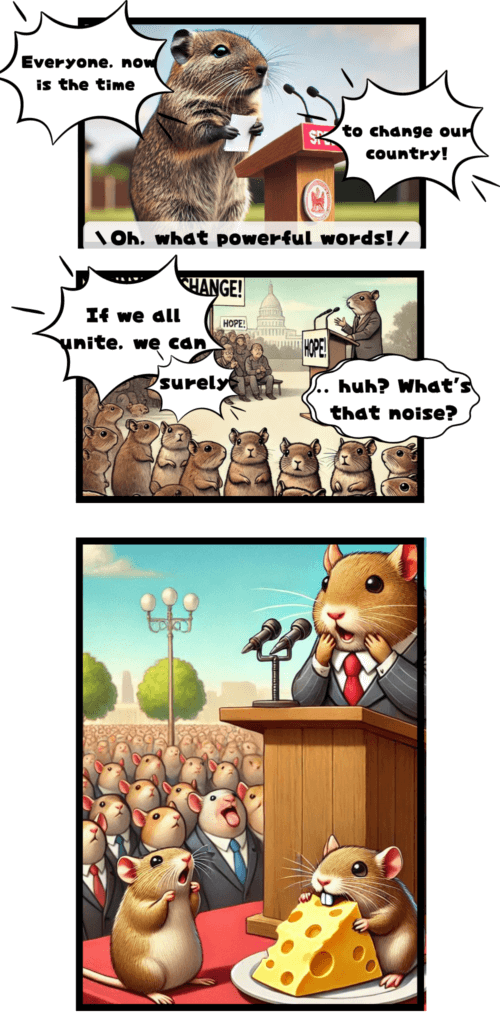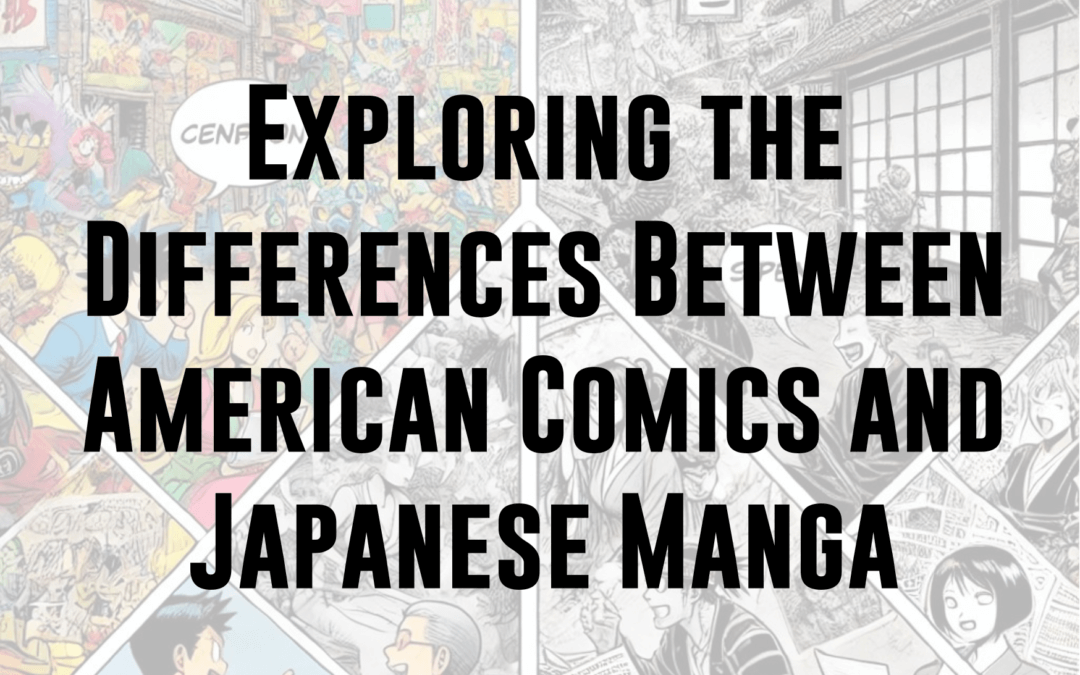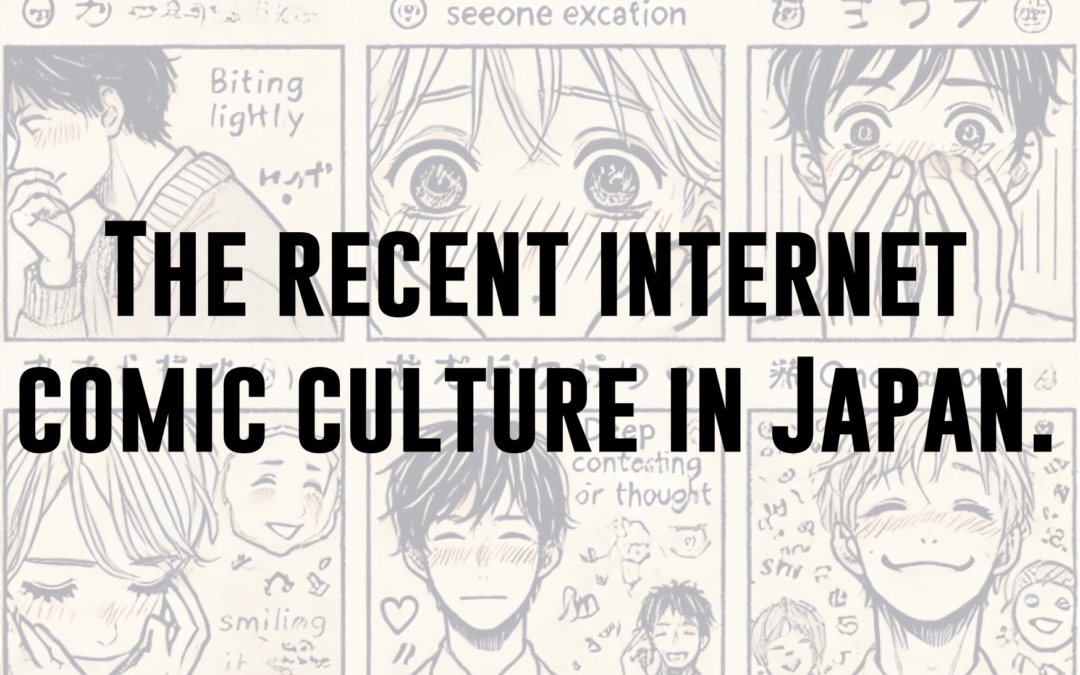
Exploring Japan’s Iconic Ghost Manga: An Analysis
Japan’s rich tradition of ghost stories has found a natural home in manga, where eerie tales of the supernatural have captivated readers for decades. Japanese ghost manga, or “yūrei manga,” blends folklore, psychological horror, and cultural nuances to create some of the most memorable and spine-chilling stories in the medium. In this blog post, we’ll delve into the themes, styles, and impact of some of Japan’s most iconic ghost manga.
1. “Uzumaki” by Junji Ito: The Horror of Obsession
Uzumaki is one of Junji Ito’s most famous works and stands as a testament to his ability to transform the mundane into the terrifying. Although not a traditional ghost story, the manga embodies the essence of Japanese horror through its exploration of a town cursed by spirals—an eerie, almost supernatural force that drives its inhabitants to madness.
The story taps into the psychological horror often found in Japanese ghost tales, where the fear comes not just from the external threat, but from the characters’ descent into obsession and insanity. Ito’s intricate, detailed artwork amplifies the horror, drawing readers into a world where reality itself seems to unravel. “Uzumaki” demonstrates how ghostly elements can be portrayed through psychological terror and surreal imagery rather than traditional apparitions.
2. “The Drifting Classroom” by Kazuo Umezu: Childhood Fears Come Alive
Kazuo Umezu, often hailed as the godfather of Japanese horror manga, blends ghostly themes with science fiction in The Drifting Classroom. The story follows an elementary school that is mysteriously transported to a desolate, post-apocalyptic future, where the students and teachers must survive against unimaginable horrors.
Although not a ghost story in the conventional sense, Umezu’s work encapsulates the essence of childhood fears—the loss of safety, the unknown, and the terror of isolation. The supernatural element of the school’s inexplicable disappearance and the haunting atmosphere throughout the manga evoke a ghostly presence that permeates the narrative. Umezu’s ability to channel the anxieties of youth into a chilling tale of survival highlights the versatility of ghostly themes in manga.
3. “GeGeGe no Kitaro” by Shigeru Mizuki: The Spirit World and Japanese Folklore
No discussion of Japanese ghost manga would be complete without mentioning GeGeGe no Kitaro, the iconic series by Shigeru Mizuki. Unlike other horror manga, “GeGeGe no Kitaro” is a more lighthearted, yet culturally significant exploration of Japanese folklore and yōkai (supernatural creatures or spirits).
The series follows Kitaro, a one-eyed yōkai boy who protects humans from malevolent spirits and other yōkai. Through its episodic adventures, “GeGeGe no Kitaro” introduces readers to a vast array of Japanese spirits, blending humor with traditional ghost stories. Mizuki’s work is pivotal in popularizing yōkai culture in modern Japan and making it accessible to younger audiences.
The manga’s lasting appeal lies in its ability to balance the eerie with the endearing, showcasing the rich tapestry of Japanese folklore while also addressing contemporary social issues. “GeGeGe no Kitaro” remains a beloved classic that continues to influence the portrayal of ghosts and spirits in Japanese media.
4. “Another” by Yukito Ayatsuji and Hiro Kiyohara: A Tale of Curses and Tragedy
Another, based on the novel by Yukito Ayatsuji and illustrated by Hiro Kiyohara, is a haunting tale that blends mystery with supernatural horror. The story revolves around a cursed class in a small town, where students and their families are doomed to die unless they can uncover and resolve the source of the curse.
“Another” is a quintessential Japanese ghost story, drawing on themes of fate, unresolved grudges, and the inescapable nature of curses. The atmosphere is tense and foreboding, with the sense of impending doom lurking in every corner. The manga’s detailed artwork captures the eerie, almost claustrophobic environment of the story, while the narrative unfolds like a classic ghost tale with a modern twist.
The impact of “Another” lies in its ability to keep readers on edge, blending psychological horror with the supernatural in a way that is both unsettling and compelling.
Conclusion
Japanese ghost manga offers a rich and varied exploration of the supernatural, from psychological horror to folklore-inspired tales. Whether it’s the nightmarish visions of Junji Ito, the childhood terrors of Kazuo Umezu, the cultural deep dive of Shigeru Mizuki, or the cursed mysteries of “Another,” these works showcase the versatility and depth of ghostly themes in manga.
By understanding the cultural and thematic underpinnings of these iconic series, manga creators and fans alike can appreciate the unique way Japanese ghost stories have been adapted and evolved within the manga medium. These stories not only entertain but also reflect the anxieties, beliefs, and folklore that continue to shape Japan’s relationship with the supernatural.
